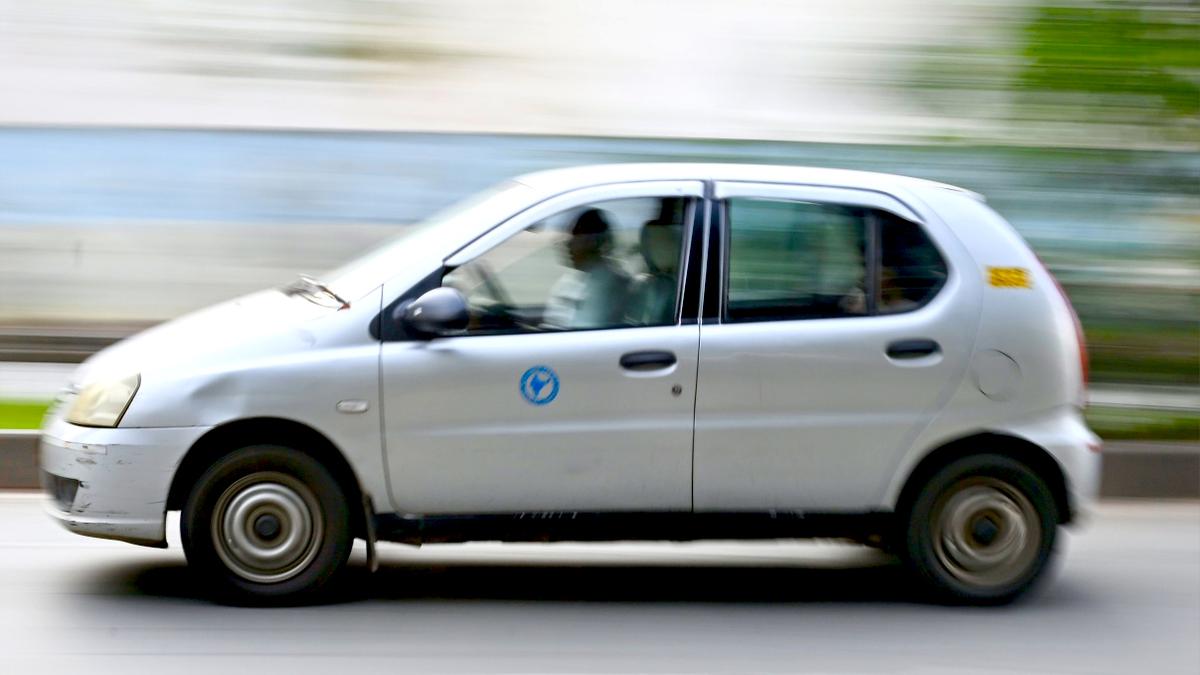Last Updated:

Narendra Modi takes oath as Prime Minister for the third consecutive term, at Rashtrapati Bhavan in New Delhi, Sunday, June 9, 2024 (Image: PTI)
Modi’s first act as Prime Minister for the third term: authorizing PM Kisan Nidhi release, benefitting 9.3 crore farmers with Rs 20,000 crores
After assuming charge as the country’s Prime Minister for a record-equalling third time, Prime Minister Narendra Modi on Monday signed his first file authorising the release of the 17th installment of PM Kisan Nidhi. Following this decision, 9.3 crore farmers will receive benefits worth Rs 20,000 crores.
“Our government is committed to making the lives of our farmer brothers and sisters across the country easier. It is a matter of good fortune for me that after assuming office as Prime Minister for the third consecutive time, I got the opportunity to take this decision (first) for the farmers. I signed the file related to the 17th installment of PM Kisan Samman Nidhi, which will benefit over 9 crore farmers,” the Prime Minister said in a post on social media platform X. “In the coming times, we will continue to work for the welfare of farmers and the upliftment of the agriculture sector,” he added.
देशभर के अपने किसान भाई-बहनों का जीवन आसान बनाने के लिए हमारी सरकार प्रतिबद्ध है। यह मेरे लिए सौभाग्य की बात है कि लगातार तीसरी बार प्रधानमंत्री के रूप में कार्यभार संभालने के बाद पहला काम उनके लिए ही करने का अवसर मिला है। इसके तहत पीएम किसान सम्मान निधि की 17वीं किस्त से जुड़ी… pic.twitter.com/YZQK3VCXIH— Narendra Modi (@narendramodi) June 10, 2024
What Is PM-Kisan scheme?
Launched just ahead of the 2019 Lok Sabha elections, the PM-Kisan scheme is a significant initiative aimed at supporting eligible farmer families across India. Under this scheme, qualifying farmers receive annual assistance of Rs 6,000, disbursed in three equal instalments of Rs 2,000 each every four months through Direct Benefit Transfer (DBT). Funded entirely by the Central government, PM-Kisan ensures that the financial aid reaches the beneficiaries directly, facilitated through bank account transfers. The decision signifies the latest Modi government’s commitment to farmers’ welfare in the wake of NDA’s Lok Sabha election win.
“The PM today started his work with the signing of the file for the release of Rs 20,000 crores of Kisan Samman Nidhi. Our government is committed to farmers, the poor, the women and the youth. Our government will run based on our ‘Sankalp Patra’ and fulfil the promises made. Our alliances are together. It is not like Congress and its allies – they neither have a leader nor unity. We have a leader, agenda and commitment. Our government will be there for the next 5 years and we will continue to serve the nation after that as well,” Union Minister G Kishan Reddy told ANI.
#WATCH | On PM Modi signing the first file related to the Kisan Nidhi instalment after taking charge, Union Minister G Kishan Reddy says, ” The PM today started his work with signing of the file for the release of Rs 20,000 crores of Kisan Samman Nidhi. Our government is… pic.twitter.com/e9zzTU8mvp— ANI (@ANI) June 10, 2024
The decision comes as the first meeting of the latest cabinet is likely to be held in the evening at the PM house. On Sunday, 71 ministers took oath as part of the Prime Minister Narendra Modi-led Cabinet at the Rashtrapati Bhavan in New Delhi. Modi retained 34 ministers from his outgoing council of ministers, including 19 with Cabinet berths.
The Cabinet ministers who took the oath included Rajnath Singh, Amit Shah, Nitin Gadkari, Nirmala Sitharaman and S Jaishankar, reflecting the prime minister’s emphasis on continuity and experience in his third term. The Modi 3.0 cabinet has expanded to 72 members, including 30 Cabinet Ministers and 5 Ministers of State (independent charge). The majority of the berths were allocated to the BJP, while the remaining went to the allies.
The BJP had an absolute majority in the previous two terms. The Prime Minister’s new team includes 30 other Cabinet Ministers, 5 Ministers of State with Independent Charge and 36 Ministers of State (MoS). These ministers represent 24 States, as well as all regions within states. The maximum number of nine ministers are from Uttar Pradesh followed by eight from Bihar. As many as 27 ministers are from OBC, 10 from SC, 5 from ST, five from minorities.









